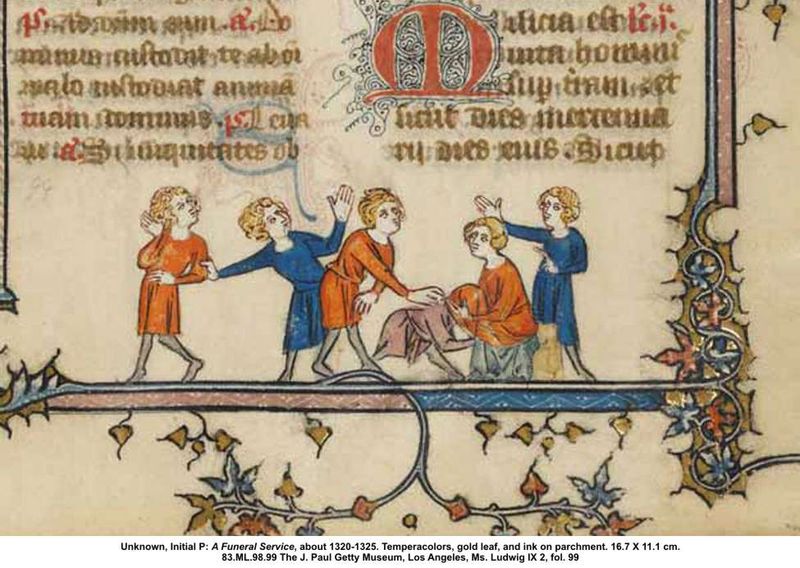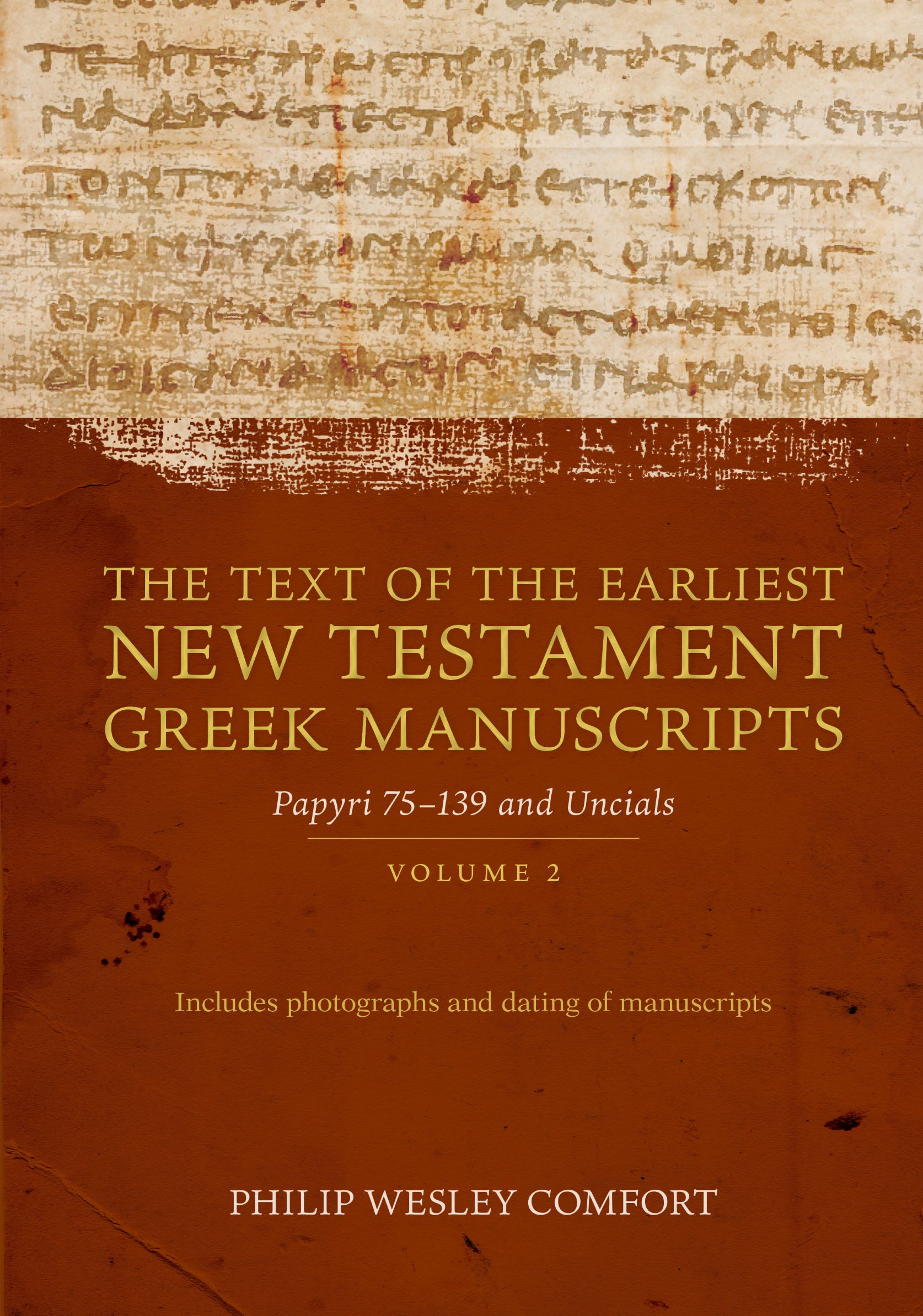

- Religious medieval manuscripts history full#
- Religious medieval manuscripts history portable#
Latin Bible, 'Dragon Leaf,' Northern France, c. Note, this site does not include the Rare Books Collection's bound codices: two thirteenth-century Latin Bibles and one complete, bound, fifteenth-century Book of Hours. To browse or search our collection of 182 medieval leaves spanning the 12th-17th centuries, see the CU Boulder Digital Library Medieval Leaves Collection.
For a high-end, highly illuminated breviary, see the British Library's Breviary of Isabella of Castile, which dates c. The notation reads: ' A Booke of Receipts from my Brother Cole: 1626.' Many medieval manuscripts were destroyed during the this period some of these were re-used for any number of purposes including bookbinding, wrappings, and even cleaning. Our breviary below from fifteenth-century England is especially interesting for its later, post-Reformation notation, which highlights the re-use of this small manuscript following the Dissolution of the Monasteries and the conversion of much of England to the English Church. Religious medieval manuscripts history portable#
As suggested by the name, a breviary is brief, a condensed, portable codex.
Breviaries feature the daily service for the divine office, including the psalms, readings, and hymns to be recited at the hours of each day. The Rare Books Collection holds a facsimile of the Luttrell Psalter but for an online view, please see the British Library's Virtual Book and the British Library's Collection Item. For a significantly higher-end Psalter, see that of Geoffrey Luttrell, created in the early fourteenth century. The example below features a leaf from a very modest Psalter. Psalters feature the Book of Psalms, though they differ in the addition of liturgical guidance provided for the reader for the specific Psalms to be read at certain hours of each day. The term 'gradual' refers to the steps of the altar upon which the choir stood. Like missals, graduals, which include musical notations for chants or hymns, were used for the celebration of the Eucharist during the Mass. Our missal below includes a charming illustration of a hand reminding the priest to elevate the Host so that all can see, a medieval, religious form of 'stage directions.' Missals serve as a guide for the priest to use in conducting Mass. Often commercially produced, they are illuminated with the typical blue and rose pigments of Paris bibles The smaller Paris bibles - such as ours below - were meant to be portable. Although the Rare Books Collection holds one spectacular late twelfth or early thirteenth-century bible leaf of a large Latin Bible - our 'Dragon Leaf,' seen below - and several highly illuminated smaller bibles, the majority of our bible leaves come from small, study or scholar's bibles that were made in Paris in the early thirteenth century. 

This section highlights just a few of the medieval Bibles, Missals, Graduals, Psalters, and Breviaries held in the Rare Books Collection.
Religious medieval manuscripts history full#
These range in date between the 12th and 16th centuries and include both full codicies - or bound volumes - and individual leaves - or pages - of Latin Bibles, Graduals, Breviaries, Psalters, and Books of Hours (for Books of Hours, see the following section of this guide) copied and illustrated before 1600. Harrison Thomson, the James Hayes, and Otto Ege Collections as well as a number of miscellaneous manuscripts. Rare Books Collection, CU Boulder Libraries







 0 kommentar(er)
0 kommentar(er)
